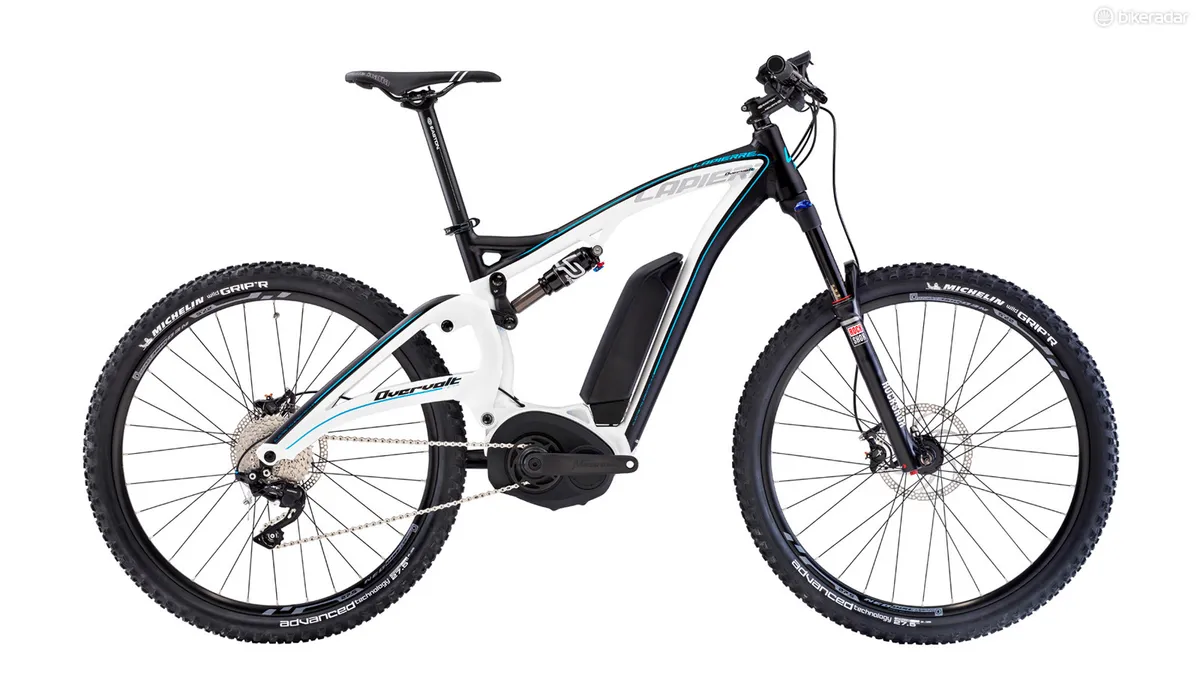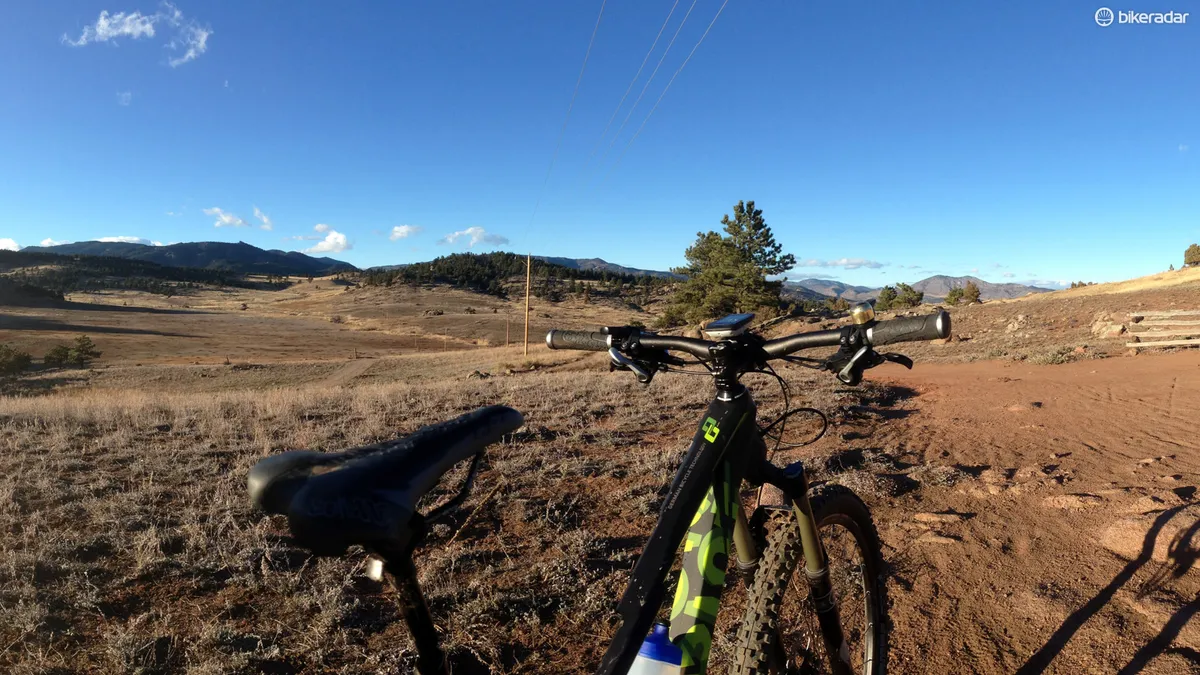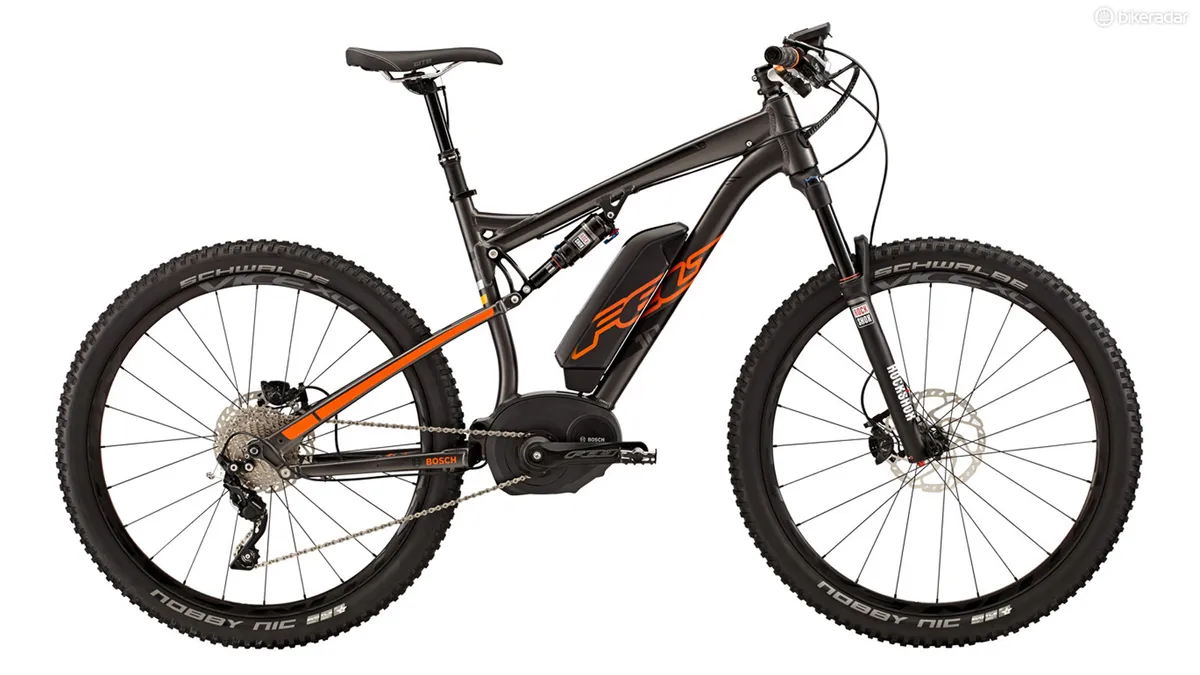Pedal-assist mountain bikes are certainly a hot topic these days, what with hundreds of extra watts instantly accessible by anyone with the funds to buy one. Depending on who you ask, these motorized steeds will either destroy mountain biking as we know it or serve as the catalyst that finally brings the sport to the masses. I think the answer lies somewhere in between but there's an awful lot of work needed to get there.
According to Apex Coaching founder Neal Henderson, an average recreational cyclist weighing 70kg (154lb) and riding a 9kg (19.84lb) bike can maintain a power output of about 200 watts for an hour. The most prominent e-assist mountain bikes, however, can instantaneously add another 350 watts on top of that for a grand total of 500. Even after accounting for the additional weight of the e-bike, the extra power would essentially instantly turn that same average rider into a world-class elite racer.
Granted, e-mountain bikes tend to be quite heavy and at least in the United States, federal regulations cap the e-assist speed to 32km/h (20mph). That doesn't mean you can't go that fast all the time given appropriate terrain, however, and when you couple that with the fact that these bikes tend to be marketed toward novice cyclists with minimal knowledge of trail etiquette, it's easy to imagine how things can quickly go wrong on the trail.
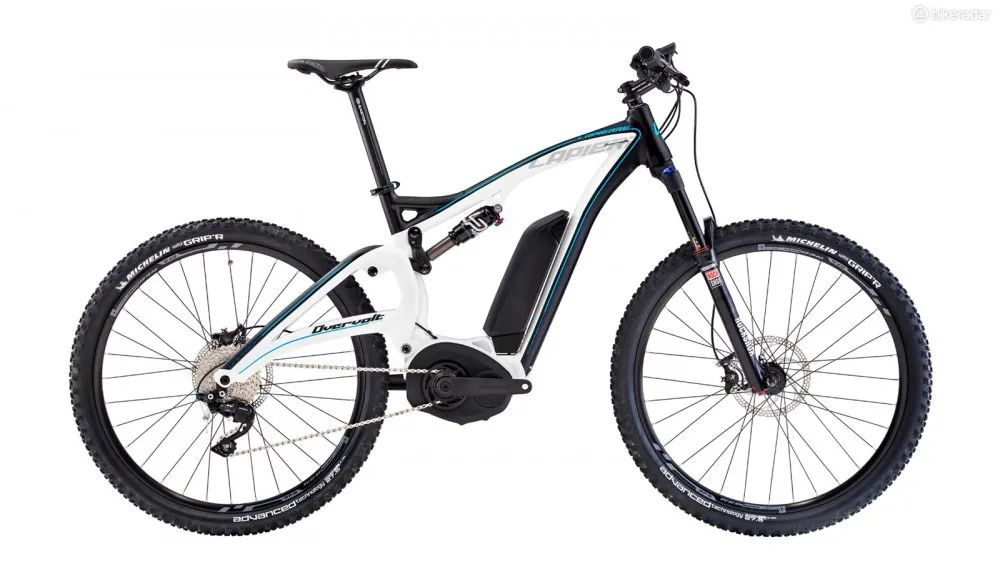
E-mountain bikes such as the Lapierre Overvolt FS 900 can add up to 350 watts on your own pedaling efforts
The International Mountain Bike Association's stance on the topic is unquestionably cut-and-dried.
"Mountain biking is a human powered sport and IMBA exists for advocating mountain biking," said IMBA communications director Mark Eller. "We're not against other forms of recreation – including motorized and motor-assisted things – but our position is that mountain biking is inherently a human powered activity."
IMBA's official position further states that, "the use of a motor, whether internal combustion or electric, would require changing the classification to a motorized use. E-bikes are motorized and therefore when utilized off-road should be regulated as with other motorized off-road travel."
Even so, Eller doesn't see any reason why e-bikes and traditional mountain bikes can't coexist on existing infrastructure.
"The good news is that there's already a ton of trails that mountain bikers, motos, and e-bikers we know for sure are allowed to use together," he said. "There's a lot more trail than most people realize that is already signed for both motorized and non-motorized use, and no one can argue that an e-mountain biker couldn't have fun on those trails."
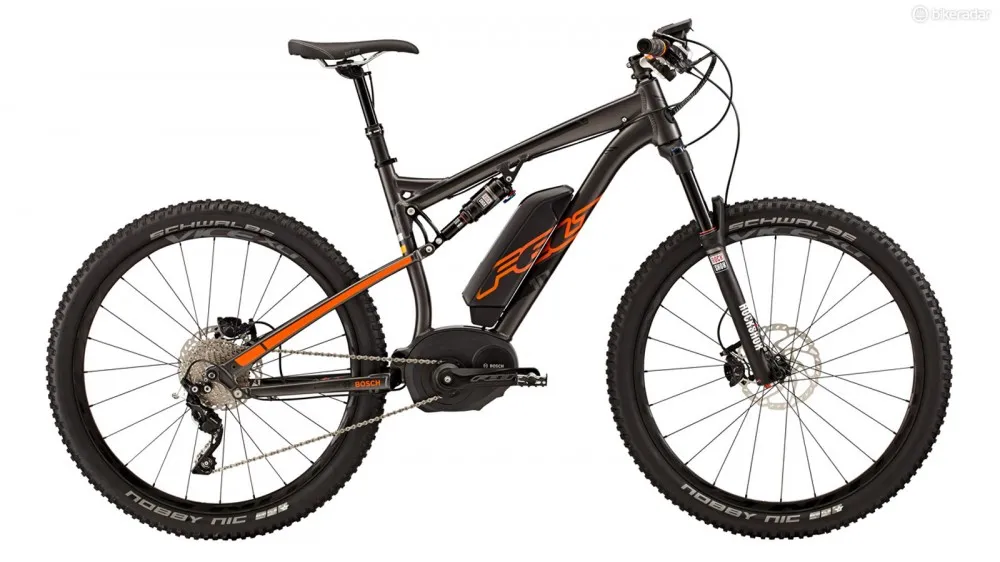
Is this or isn't this a mountain bike?
In other words, the e-bike vs. mountain bike debate is one that might not even need to exist.
"The manufacturers are showing these things being used in an outside environment that you can find – legally – all over the place," said Adrian Montgomery, a media and public relations agent for clients such as Lapierre, who offers two off-road e-bikes. "There are huge OHV [Off-Highway Vehicle] networks out there."
"You have to work within the confines of legality," he continued. "I don't think the e-bike community is saying, 'go do this on illegal trails' or 'go build a network of illegal trails'. I think they're presenting a way to be outside on a bicycle. I think the user conflict outweighs the upside. There are plenty of other places to use these things. I don't even think there should be a fight."
The e-bike community has some prominent figures behind it, too. Gary Fisher is one of the godfathers of mountain biking but these days he's taken on the greater goal of getting more people on bikes, period. To that end, he's firmly in the 'pro' camp when it comes to e-bikes off-road – with limitations.
"The benefit that people don't get is we'll be getting people out mountain biking that have never been on a mountain bike," he said. "There are a lot of people that want to dabble in the sport and they want to get into it, and this is going to be another way we can increase the numbers in the sport."
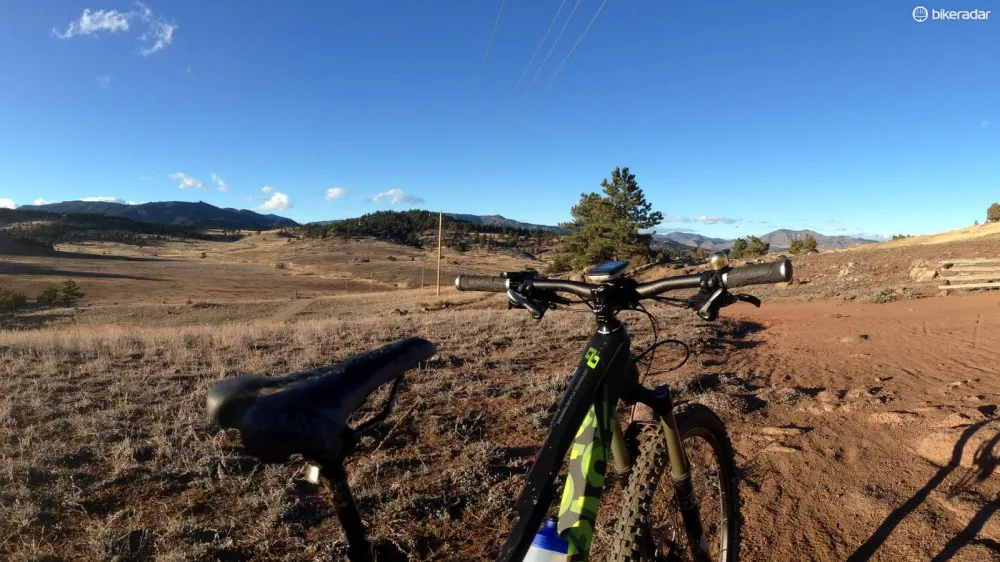
Is it a bad thing to want to expose more people to this sort of experience?
"I feel like we're making a big deal over nothing," he said. "These things are limited. The batteries are like 700 bucks. People aren't going to be heading out with a bunch of spares. I don't feel like there's going to be any real negative pushback as long as we, as an industry, help regulate it. It's not going to go away – it's already there. It's better to shake hands, regulate, and do it right."
Therein lies the rub, however: regulation. Even if the e-bike industry isn't officially trying to invade your singletrack (cue the evil-sounding laughter), there are certainly proponents that want that sort of access and will continue to push for it. In fairness, there are some valid arguments to support that move.
For one, there is Fisher's very levelheaded position that easing the usual physical burdens of mountain biking would likely increase the level of participation, thus benefiting cyclists of all shapes and sizes. And then there's the argument that e-bikes can also open up the sport to those with inherent physical limitations that would otherwise keep them from doing so. For sure, few can enthusiastically rally against the idea of an individual weakened by illness who's making a concerted effort to regain their health, or a person with some sort of disability that would normally prevent them from the sort of riding that the rest of us take for granted.
Not surprisingly, the e-bike lobby continues to push for access on singletrack. In a recent article published in the Wall Street Journal, Electric Bicycle Committee chairman Larry Pizzi (who is also the president of e-bike company Currie Technologies) lobbies that at least as far as land managers are concerned, e-bikes should be considered on equal footing with traditional mountain bikes provided the motor output is capped at 32km/h (20mph).
I agree that there are merits to some of the arguments presented by those in favor of allowing e-bikes on singletrack However, I'd argue that typical e-bike power levels would have to be dramatically curtailed before even considering allowing access to traditionally non-motorized terrain, with maximum outputs more inline with average, recreational riders. While Pizzi's proposal might sound reasonable to some, 32km/h (20mph) is still awfully awfully fast on singletrack – particularly in the context of much slower-moving traffic such as hikers and equestrians who are often easily spooked already as is.Decreasing power outputs to more human-like levels would also likely drastically decrease the costs of mainstream e-assisted mountain bikes, which currently are far too expensive to realistically appeal to newcomers. And if the industry is serious about wanting to get more people on bikes, dropping the financial barriers to entry would only be a good thing.
"The question is, is this mountain biking or is it something different," asks Eller. "And if it's something different, how should this be managed on public land? I think this is an area that needs more research. If you're a rider who has an average output of 100, 200 watts, and then you're adding another 100, 200 watts, how does that affect other trail users and the trail surface? We're only just starting to figure that out."
Is my mind made up? Based on the information I have on hand and the current state of available e-bikes, absolutely; these things should not be allowed on traditional mountain bike terrain. That said, I'm at least open to both sides of the argument and to help answer some of my own questions, I've just taken delivery of a loaner OverVolt HT 900 e-bike from Lapierre to try for myself. Will it be fun? Probably. Will it change my mind? That remains to be seen.
What are your thoughts on e-assisted mountain bikes? Sound off in the BikeRadar forum.
